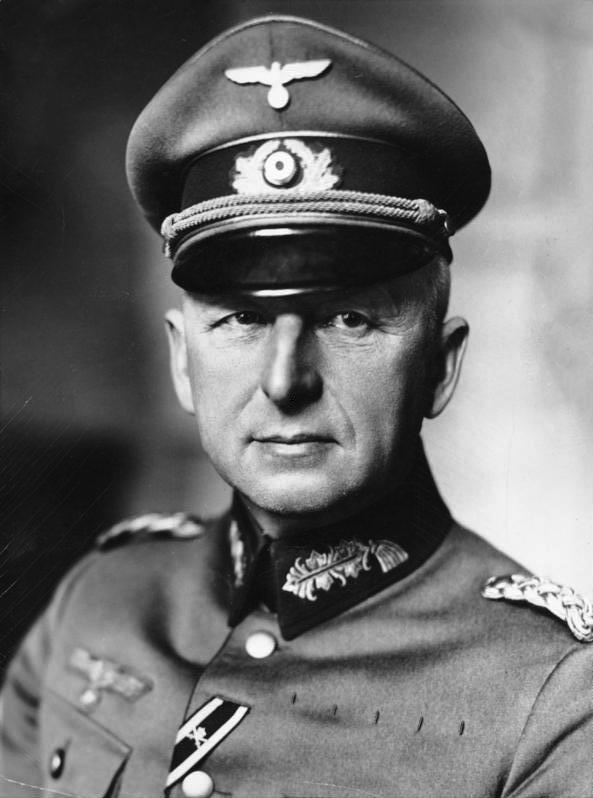A Lecture on Pyrates
Jul 30, 2016 11:05:43 GMT
Frederick the Great, Quintus Fabius, and 2 more like this
Post by Laurent de Gouvion on Jul 30, 2016 11:05:43 GMT
I'll be doing a lecture on pirates that you know (or may not know).
First, on William Dampier!
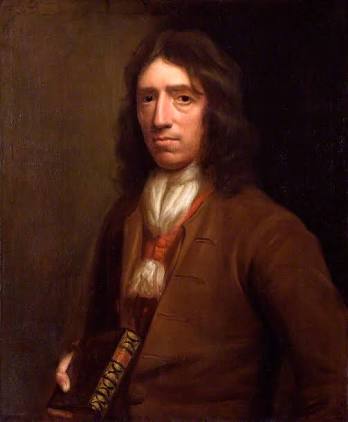
William Dampier was born in September 1651 in Somerset. He would later become the first person to circumnavigate the world three times (beat that, Magellan) and the first Englishman to set foot on Australia. He would inspire many people, including Charles Darwin, Alfred Russel Wallace, Lord Nelson, and James Cook. He too would rescue the famed Alexander Selkirk.
When he was 22, he had already sailed to Java and Newfoundland. He had also joined the Royal Navy and fought in the Battles of Schoonveld.
In 1679, after he had tried plantation management and logging, he joined the crew of Bartholomew Sharp. In his time in Sharp's crew, Dampier visited the Bay of Campeche twice and explored the Isthmus of Darién. He and his companions went so far as Peru, raiding some Spanish settlements.
Dampier met John Cooke, a privateer in 1683. Dampier went with Cooke to the Pacific from the Cape of Good Horn. He raided the Galapagos Islands, Mexico, and Peru.
On 31 March 1686, Dampier set sail to the East Indies with Charles Swan and his ship Cygnet. However, Swan had stayed at Mindanao while Dampier sailed to Manila, China, the Vietnamese island of Côn Sơn, the Moluccas, and Australia. He participated in pirate attacks in this voyage too.
He landed on northwestern Australia from 5 January to 12 March 1688, and he documented the indigenous peoples, flora, and fauna in that region. After that, he was marooned at the Nicobar Islands. He had a small canoe and after surviving a storm he landed at Aceh.
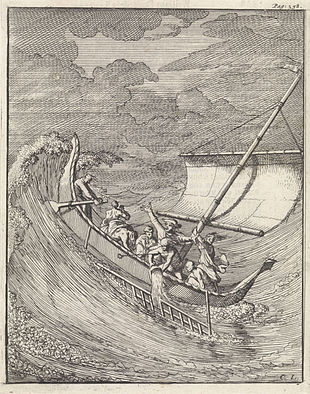
He returned to England in 1691 with only his journals.
In 1697, he published the book A New Voyage Around the World based on his journals.
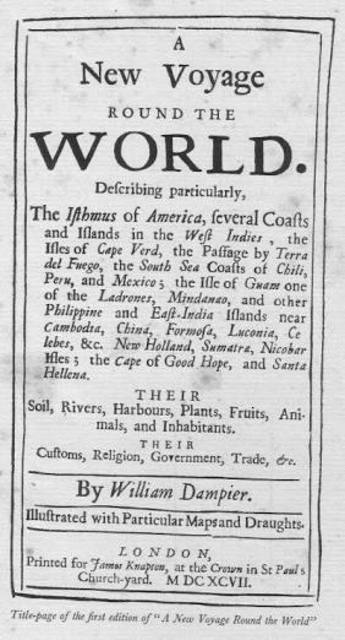
This caught the interest of the Royal Navy, who asked him to explore the east coast of Australia. He was given the 26-gun warship HMS Roebuck for the task. He had landed in Western Australia and produced the first detailed record of the flora and fauna there. He also collected rare specimen, going through New Britain. However, he failed to explore the east coast of Australia as Roebuck was heavily damaged. Eventually, Dampier returned in August 1701 to England by an East Indiaman.
He was court-martialled and acquitted for all crimes except one, cruel usage of the lieutenant. He published his records in the book A Voyage to New Holland.
He became a privateer in the War of Spanish Succession, commanding the 26-gun St.George. Eventually, he and another ship attacked the Spanish town of Santa María, which was rumored to have gold. The attack failed, and Dampier separated with the other ship. The other ship, Cinque Ports had a very famous passenger: Alexander Selkirk.
Dampier engaged a Manila galleon on his own (Manila galleons were one of the most valuable treasure ships on the seas) and failed. After being shortly imprisoned by the Dutch, he went back to Englamd in 1707. It was his second circumnavigation.
In 1708, Dampier served aboard the Duke. Duchess, the other ship was commanded by Woodes Rogers (yes, Black Flag players, that Woodes Rogers)
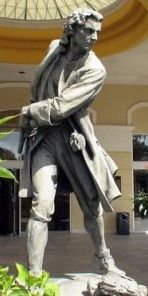
In this voyage, he would rescue Alexander Selkirk who had been marooned and survived. He also took a Spanish galleon. After refitting near Batavia, they arrived at London on 14 October 1711, with £147,975 (£ 19.9 million today)
Dampier died in 1715. He later would inspire many mariners and naturalists. He also put the words cashew, avocado, barbecue, and chopsticks in the English languange, totalling about 80 words.
Next, Henry Morgan or Ching I Shih!
First, on William Dampier!

William Dampier was born in September 1651 in Somerset. He would later become the first person to circumnavigate the world three times (beat that, Magellan) and the first Englishman to set foot on Australia. He would inspire many people, including Charles Darwin, Alfred Russel Wallace, Lord Nelson, and James Cook. He too would rescue the famed Alexander Selkirk.
When he was 22, he had already sailed to Java and Newfoundland. He had also joined the Royal Navy and fought in the Battles of Schoonveld.
In 1679, after he had tried plantation management and logging, he joined the crew of Bartholomew Sharp. In his time in Sharp's crew, Dampier visited the Bay of Campeche twice and explored the Isthmus of Darién. He and his companions went so far as Peru, raiding some Spanish settlements.
Dampier met John Cooke, a privateer in 1683. Dampier went with Cooke to the Pacific from the Cape of Good Horn. He raided the Galapagos Islands, Mexico, and Peru.
On 31 March 1686, Dampier set sail to the East Indies with Charles Swan and his ship Cygnet. However, Swan had stayed at Mindanao while Dampier sailed to Manila, China, the Vietnamese island of Côn Sơn, the Moluccas, and Australia. He participated in pirate attacks in this voyage too.
He landed on northwestern Australia from 5 January to 12 March 1688, and he documented the indigenous peoples, flora, and fauna in that region. After that, he was marooned at the Nicobar Islands. He had a small canoe and after surviving a storm he landed at Aceh.

He returned to England in 1691 with only his journals.
In 1697, he published the book A New Voyage Around the World based on his journals.

This caught the interest of the Royal Navy, who asked him to explore the east coast of Australia. He was given the 26-gun warship HMS Roebuck for the task. He had landed in Western Australia and produced the first detailed record of the flora and fauna there. He also collected rare specimen, going through New Britain. However, he failed to explore the east coast of Australia as Roebuck was heavily damaged. Eventually, Dampier returned in August 1701 to England by an East Indiaman.
He was court-martialled and acquitted for all crimes except one, cruel usage of the lieutenant. He published his records in the book A Voyage to New Holland.
He became a privateer in the War of Spanish Succession, commanding the 26-gun St.George. Eventually, he and another ship attacked the Spanish town of Santa María, which was rumored to have gold. The attack failed, and Dampier separated with the other ship. The other ship, Cinque Ports had a very famous passenger: Alexander Selkirk.
Dampier engaged a Manila galleon on his own (Manila galleons were one of the most valuable treasure ships on the seas) and failed. After being shortly imprisoned by the Dutch, he went back to Englamd in 1707. It was his second circumnavigation.
In 1708, Dampier served aboard the Duke. Duchess, the other ship was commanded by Woodes Rogers (yes, Black Flag players, that Woodes Rogers)

In this voyage, he would rescue Alexander Selkirk who had been marooned and survived. He also took a Spanish galleon. After refitting near Batavia, they arrived at London on 14 October 1711, with £147,975 (£ 19.9 million today)
Dampier died in 1715. He later would inspire many mariners and naturalists. He also put the words cashew, avocado, barbecue, and chopsticks in the English languange, totalling about 80 words.
Next, Henry Morgan or Ching I Shih!


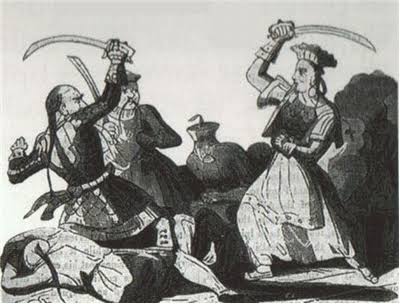
 [/url]
[/url]

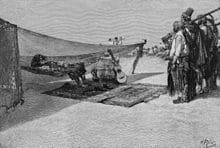
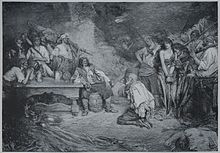
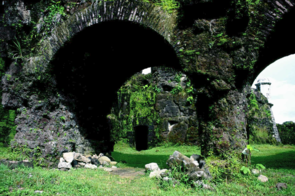
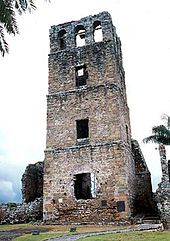 [/url]
[/url]


